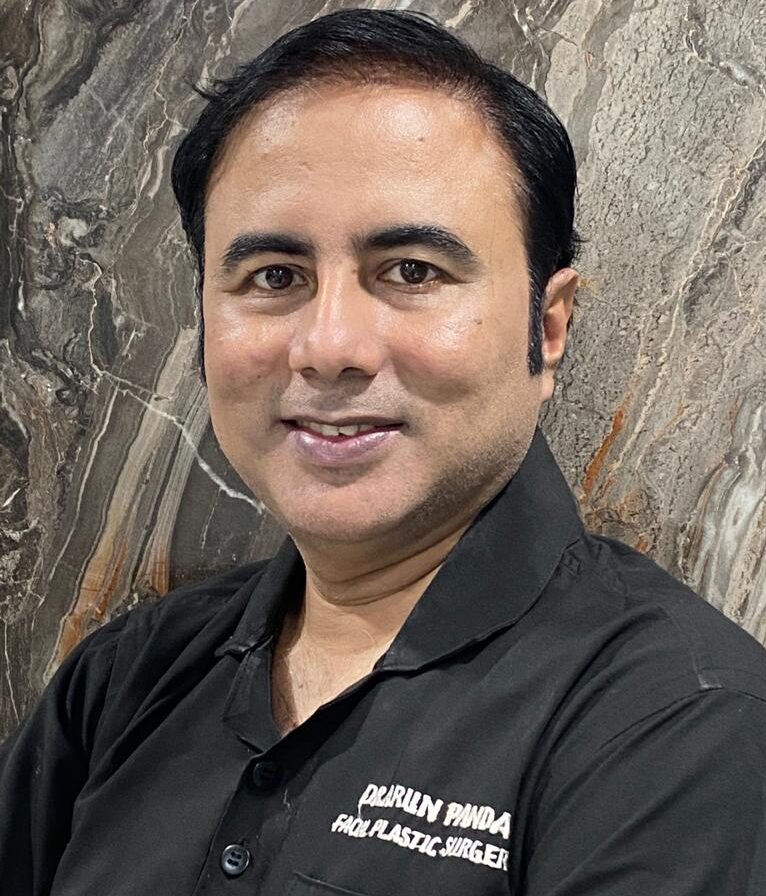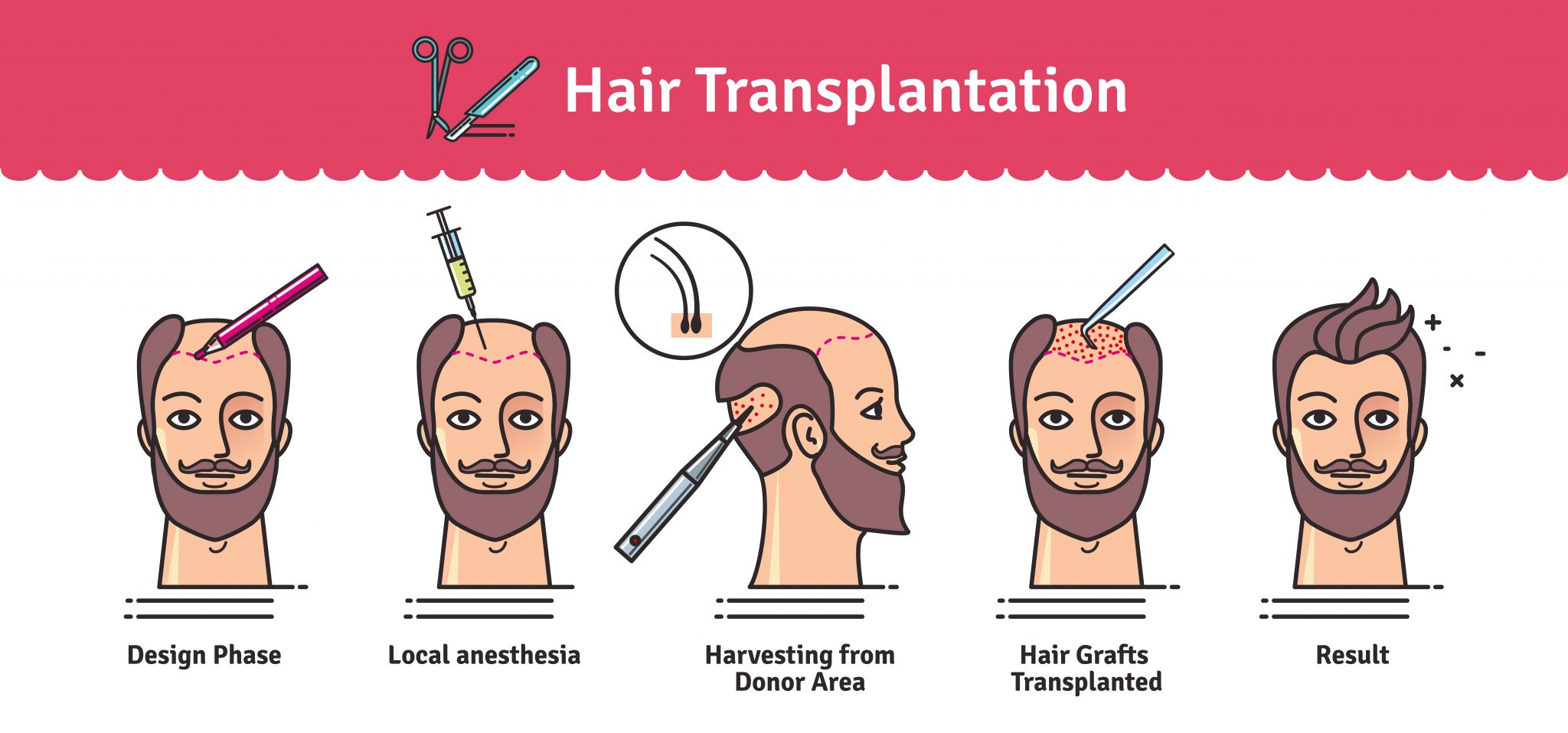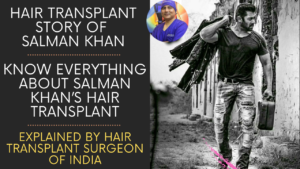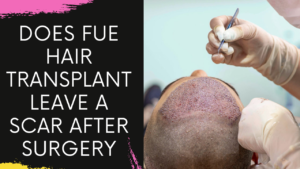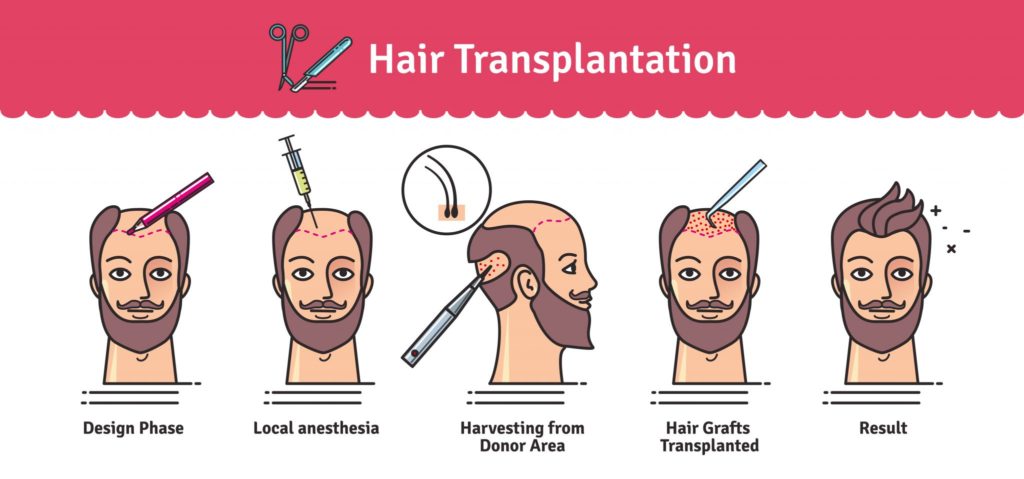
Hair transplant is the latest craze not only for those who have lost their hair to untimely fall but even for them who want to alter their hairlines or acquire an attractive mane. But are hair transplants really safe and successful? Is it a lasting process or does this procedure result in unwarranted tissue changes in the body?
Hair transplant is a surgical procedure that involves the removal of hair follicles for one part of the body, called as the donor site like the back part of scalp, beard, chest etc and place it in the hairless part of body like the front part of scalp, moustache, beard etc call the recipient site.
There are typically two ways to perform this procedure.
The first way involves punching and extraction individual hair follicles from back side of scalp and implanting them in the recipient site. This is known as Follicular Unit Extraction or FUE technique.
The second way involves taking a strip of skin from back part of scalp and primarily suturing the defect. The strip is then slivered and individual hair follicles are removed and implanted in the recipient site. This is known as Follicular Unit Transplantation or FUT technique.
Both the techniques have there own pros and cons and what technique would be utilised in a patient depends on the condition of donor site.
The process is usually performed under local anaesthesia and is very safe.
A typical FUT technique involves the following steps:
1. Preparation for the hair transplant
In the initial step of the Hair Transplant Surgery, hair follicles from the back of the head are removed and relocated to the balding areas.
2. Donor area trimmed
Before the surgery is started, the hair in the donor area are trimmed.
3. Donor area prepared for surgery
Once the hair in the donor area are trimmed it is given local anesthesia.
4. Tissue in the donor area removed and the Donor area sutured.
The tissue in the donor area that contains the bald resistant hair follicles is then removed surgically and the donor area is sutured.
5. Combed hair over sutured donor area
The sutures in the donor area are hidden from the patient’s hair that are combed over them. These sutures are removed almost ten days after the hair transplant surgery.
6. Donor tissue trimmed into follicular unit grafts
Microscopes are then used by the surgical technicians to view the donor tissue for dissecting and preparing follicular units hair grafts.
7. Bald recipient area prepared
Once the local anesthesia is given to the patient, the balding recipient area is prepared for the surgical process No trimming/removal of hair is required at the top of the recipient area.
8. Incisions made in the balding areas
Follicular Unit Grafts are placed in the tiny incisions that are made in an irregular pattern in the recipient area.
9. Grafts placed according to their densities
The smallest grafts (one and two) are placed in front of the hairline and three and four (denser than one and two) are placed behind.
10. Immediately after the Hair Transplant Surgery
After the hair transplant surgery, tiny incisions with short hair would be visible on the patients operated area.
11. Closing of the Hair Transplant Surgery
The incision marks heal naturally and the redness in the recipient area vanishes itself within a week.
